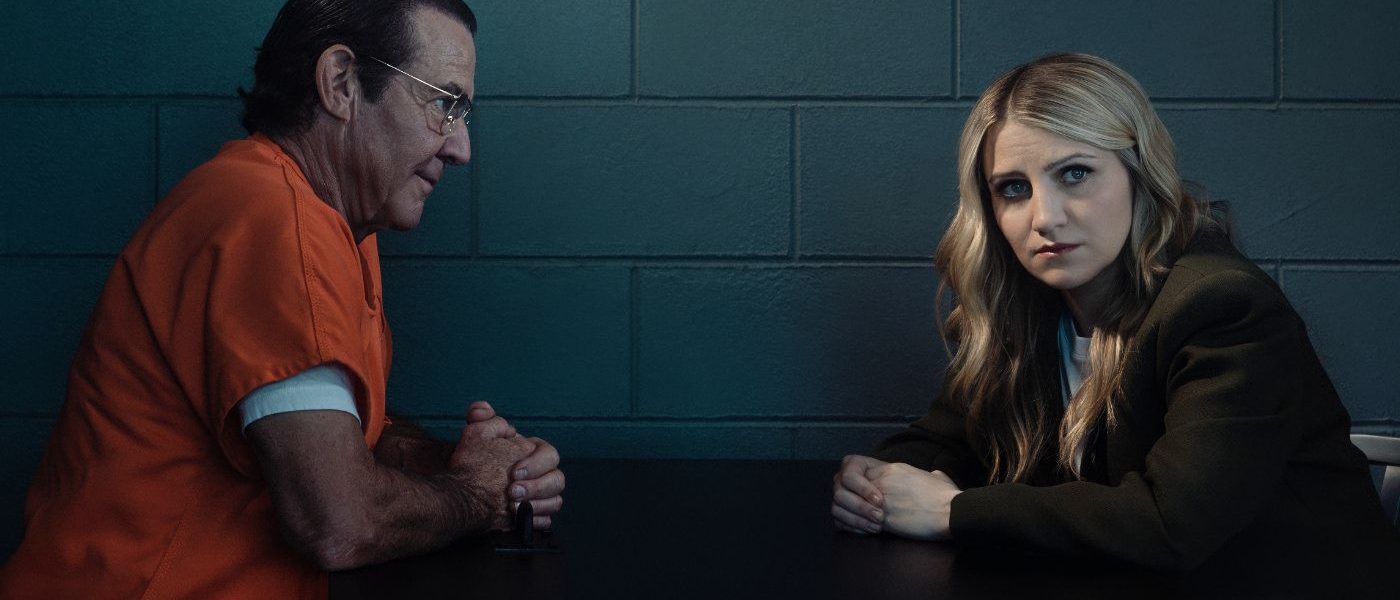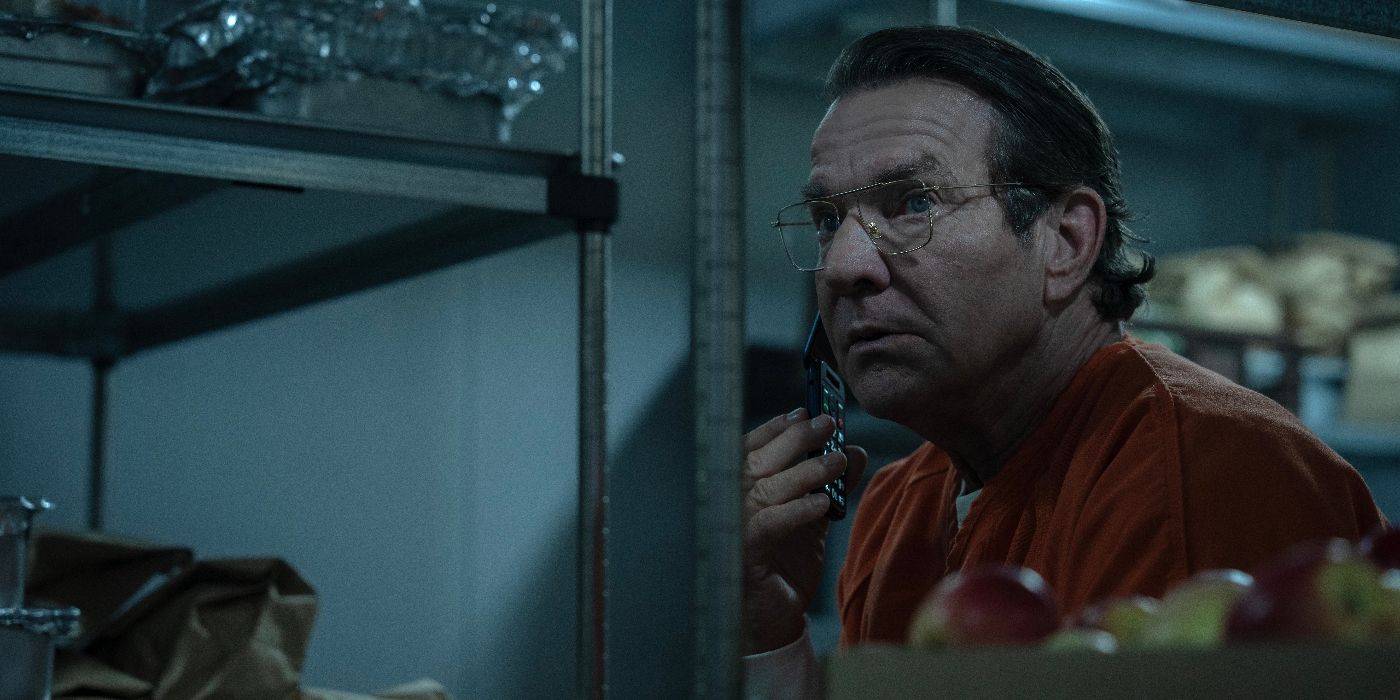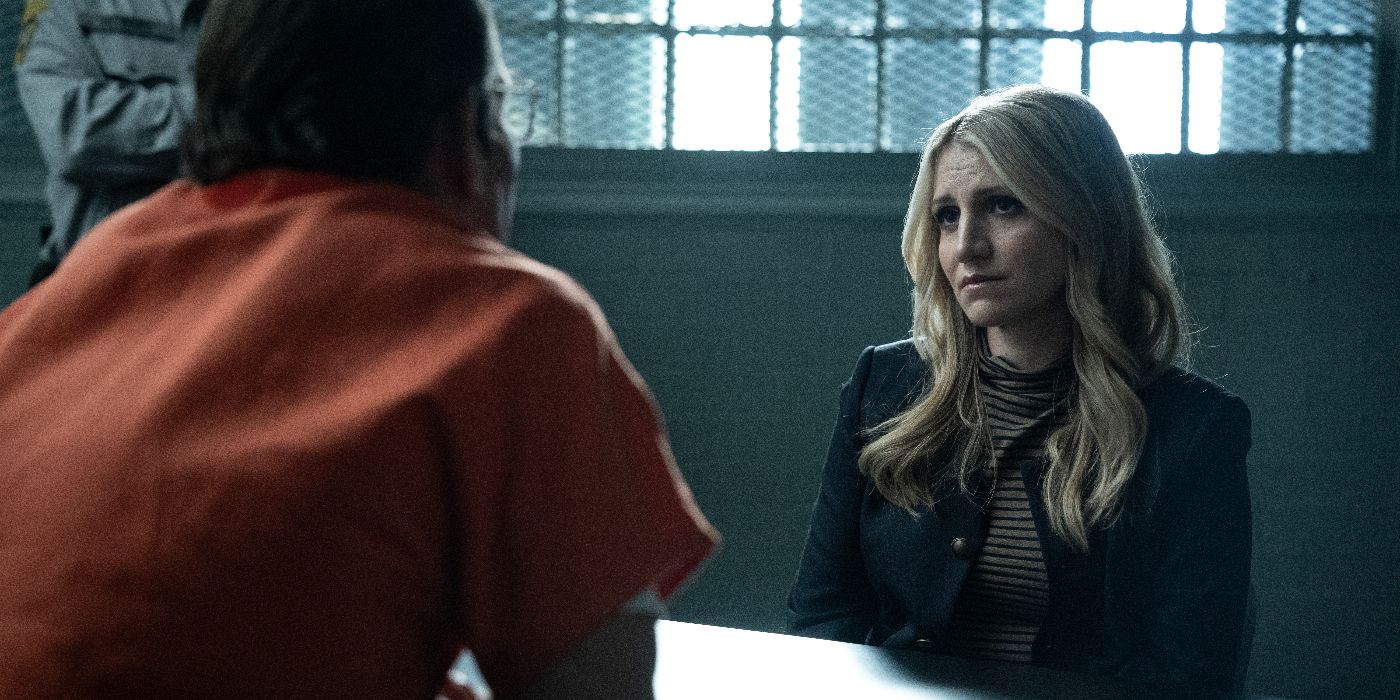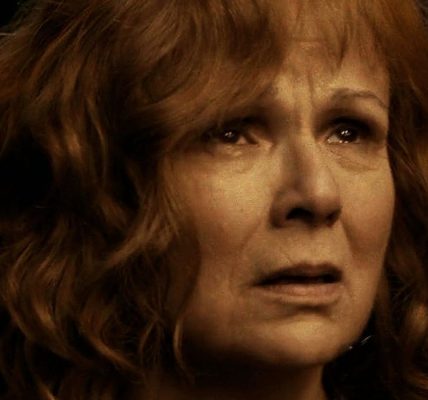True crime continues to captivate the imagination of society, and its modern resurgence has thrust the genre into a sustained spotlight. For many, engaging with crime-related entertainment offers a safe space to confront their deepest fears and anxieties. However, this fascination can sometimes come at a cost, as it risks overshadowing the real-life tragedies and the dignity of victims and their families. Paramount+’s upcoming drama Happy Face emerges from this complex landscape, offering a unique viewpoint that is rarely represented in the genre. This compelling series draws inspiration from the podcast of the same name, hosted by Melissa Moore, the daughter of Keith Hunter Jesperson, infamously known as “the Happy Face Killer.” In an interview with Marie Claire in 2021, Moore shared her motivation for stepping into the limelight after years of distancing herself from her father’s dark legacy: “My intent is to tell these stories that we think we know, but from a different point of view, the point of view of a survivor, somebody who’s related to or lived with the killer or the victim.”
Crafted by showrunner Jennifer Cacicio alongside the acclaimed executive producers Robert and Michelle King (Evil, The Good Wife), Happy Face boldly challenges society’s tendency to glorify serial killers and their heinous acts. This dramatized account of Moore’s experiences is part of her ongoing efforts to raise awareness and foster community support among survivors. While Happy Face effectively achieves its mission, it encounters several challenges that warrant attention.
Discover the Intriguing Story Behind ‘Happy Face’
As Melissa Moore (played by Annaleigh Ashford) prepares for her daughter’s birthday celebration, she faces a visceral reaction triggered by seemingly ordinary items in a grocery store, such as duct tape and zip ties. These commonplace objects evoke traumatic memories; at just 15 years old, Melissa uncovered the horrifying truth about her father: the affectionate parent she adored was, in fact, a rapist and a serial killer, accountable for the brutal murders of at least eight women. His chilling confession letters reveal that Keith Hunter Jesperson (Dennis Quaid), a long-haul truck driver, began his killing spree in 1990, eluding capture until he voluntarily surrendered. Before being sentenced to three consecutive life terms, Jesperson’s signature in those letters featured a haunting smiley face, emblematic of his twisted pride.
The impact of Jesperson’s sadism extends far beyond the eight families forever altered by their losses; it shattered Melissa’s idyllic childhood in the Pacific Northwest. The man who inflicted such devastation was not the loving father she thought she knew, despite the warning signs she had witnessed. Now, as an adult, Melissa bears the weight of guilt and shame, questioning whether she could have intervened had she acted on her unease. Yet, as a child under the influence of an emotionally abusive and manipulative parent, it was unfathomable for her to connect her father’s inconsistencies with the horrific truth lurking beneath the surface.
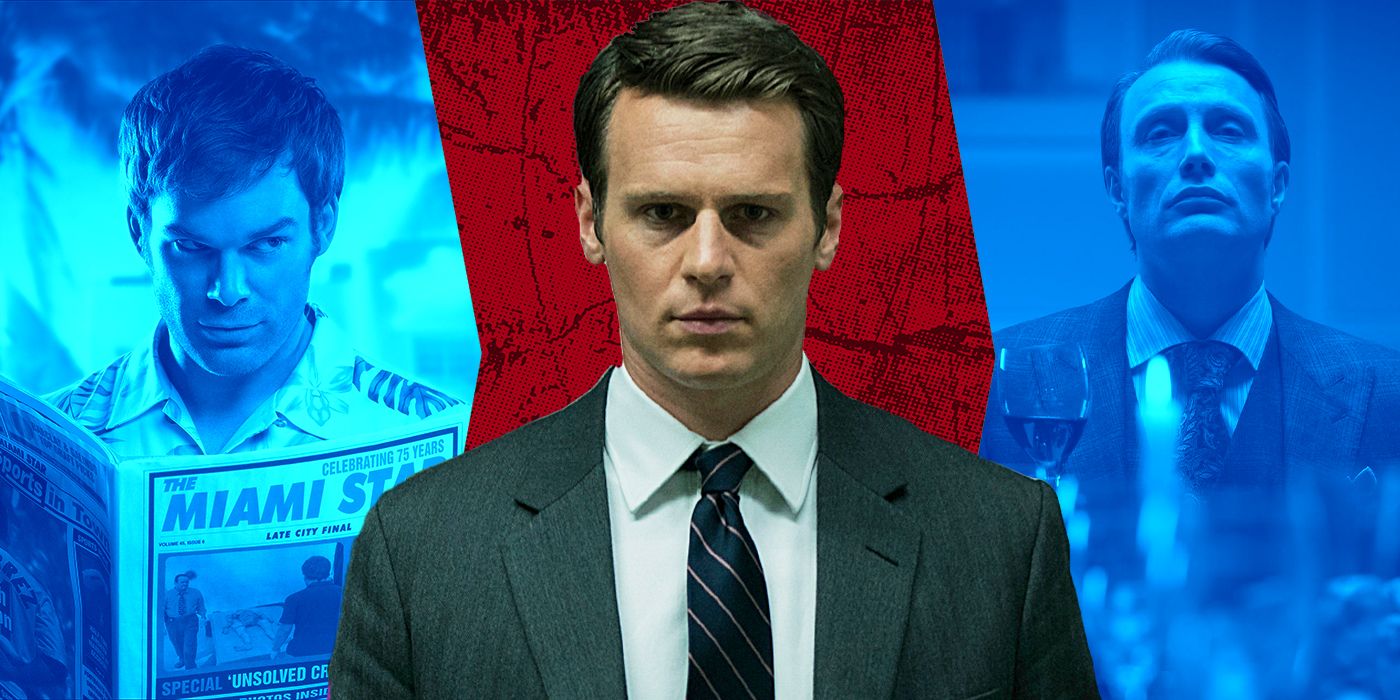
Related
Explore the 10 Best Crime Shows Similar to ‘Mindhunter’
These gripping series unveil the complexities of the criminal mind.
By the time Happy Face begins, Melissa has severed all connections with Jesperson, adopted a new last name, and married Ben Moore (James Wolk), with whom she shares two children: high schooler Hazel (Khiyla Aynne) and nine-year-old Max (Benjamin Mackey). She has also built a career as a makeup artist for The Dr. Greg Show, a popular daytime health and wellness talk show. However, when her father manages to reach her, he ensnares her attention with a shocking revelation – he claims to have killed a ninth woman, Heather (Leah Jacksties), and is ready to confess.
This revelation comes at a critical juncture, as Heather’s boyfriend, Elijah (Damon Gupton), a Black man wrongfully convicted for her murder, faces execution in less than 50 days. In an effort to prove Elijah’s innocence and confirm her father’s involvement, Melissa shares her connection to Jesperson on The Dr. Greg Show. By opening up publicly, she risks facing backlash from the families of Jesperson’s victims, yet she also forges connections with others who share similar experiences and are in search of understanding. As Melissa continues to engage with her father, the nature of their conversations begins to erode the protective barriers she constructed around her trauma.
‘Happy Face’ Shifts Attention to the Victims’ Stories
At the onset of the series, Melissa reflects on how her father displayed moments of care and affection. However, this perspective may dramatically change by the conclusion of Happy Face‘s eight episodes, which have been provided for review. Unlike other true-crime dramas such as Netflix’s Mindhunter or Apple TV+’s Black Bird, this series does not delve deeply into the psychological profiles of serial killers. Instead, the core of Happy Face revolves around the unique trauma of being the child of a brutal mass murderer while simultaneously grappling with the profound sorrow experienced by the families of his victims. The series showcases the devastating aftermath of a killer’s actions: grieving mothers, children left orphaned, and siblings desperately seeking justice. The repercussions of a serial killer’s actions reverberate far beyond the initial crime.
For Melissa, Jesperson’s confession and her ensuing investigation create tension within her otherwise supportive family environment. The concept of generational trauma becomes palpable and nearly unmanageable, as grief transforms but never truly disappears, lurking silently until it unexpectedly resurfaces. More troublingly, Melissa confronts her deepest fear: the possibility that she may have inherited her father’s dark impulses.
‘Happy Face’ Challenges the Glorification of Serial Killers
While Happy Face focuses on the victims, it does not shy away from exploring Jesperson’s psychological profile; rather, it demystifies the glorification and idolization of serial killers. For instance, Hazel’s friend Eva (Momona Tamada) identifies as a “murderino,” a term used to describe fans of the My Favorite Murder podcast, and enthusiastically drags Hazel to a museum exhibit dedicated to serial killers, including Jesperson himself. The exhibit highlights trivia and even merchandise related to the man who took eight lives, while the names of the victims remain largely unacknowledged.
Jesperson occasionally displays what seems to be tenderness, but the moment Melissa says something he disapproves of, he morphs into a terrifying and vindictive figure. His narcissistic tendencies ensure that every action he takes is motivated by his insatiable ego. It’s natural to grapple with understanding how someone could commit such horrific acts, and part of that exploration involves questioning whether a person like Jesperson is capable of feeling love. Without giving away any spoilers, Happy Face provides an answer to this inquiry and, even if it maintains some ambiguity, Jesperson’s manipulation and gaslighting of Melissa are evident. Any attempt to discover redeeming qualities in such individuals is overshadowed by the scrutiny they continuously receive.
‘Happy Face’ Finds Its Tone in the Second Half of the Series
With its survivor-centric narrative, Happy Face evolves into more of a family drama interwoven with elements of investigative journalism rather than fitting neatly into the typical crime series mold. Surprisingly, the show isn’t as dark as one might anticipate. The writing and directing team incorporates a dryly ironic tone, making the difficult subject matter somewhat digestible, albeit at the cost of creating an emotional barrier for the audience. Given the sensitive and intimate nature of the content, Happy Face‘s tonal coherence and thematic authenticity do not fully materialize until the series hits its midpoint. The initial lack of commitment to either a black comedy style or the grim realism characteristic of series like True Detective results in early episodes that feel somewhat disconnected from the story’s required gravity. Consequently, pivotal emotional moments may fall flat rather than resonate deeply. While the narrative pieces begin to coalesce into a cohesive and satisfying whole around the midpoint, the combination of the initial detachment, generic dialogue, and performances that sometimes come across as contrived make the first half of Happy Face a challenge to engage with.
Regarding performances, Quaid’s portrayal of Jesperson oscillates between menacing and eccentric, reminiscent of a more subdued version of the Joker. Whether this aligns with the real Jesperson’s demeanor is uncertain, but one wonders if a more composed interpretation could yield a more chilling effect. Quaid’s performance lacks the necessary intensity and diabolical essence to fully embody the character, leading to a feeling of miscasting. His standout moment occurs when confronted by another character regarding his actions; instead of resorting to one of his typical tirades, he falters, muttering self-serving apologies that lack sincerity. Jesperson’s manipulative influence may extend beyond prison walls, but ultimately, he appears as a pitiful figure who finds pleasure in killing.
Ashford, on the other hand, requires time to find her footing within the role, as the series’ inconsistent tone appears to hinder her capabilities. Once the show establishes a more stable direction, Ashford excels at portraying the complex layers of Melissa’s character. As a family-centric drama, Happy Face includes several tender, quiet, and essential moments, such as Melissa sharing an intimate discussion while lying on Hazel’s bed or showcasing her vocal talents at karaoke. When Melissa sheds tears, her mascara streaked down her face, the emotional weight of the scene resonates profoundly.

